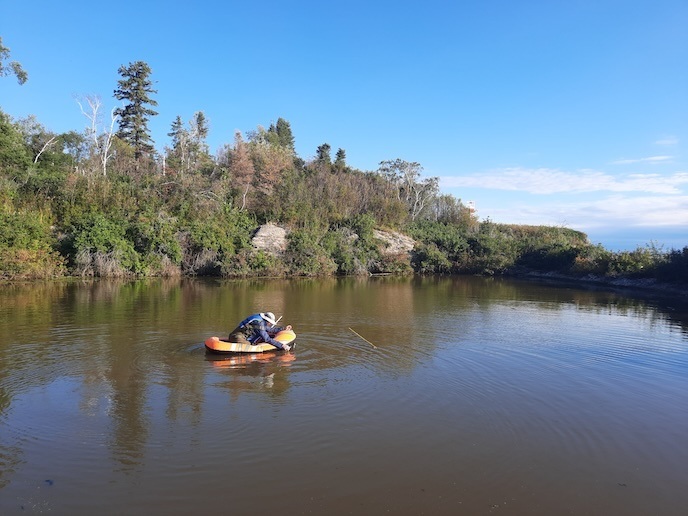Investigating the impact of ancient droughts on inland waters
Inland waters are vital nesting grounds for migrating birds. They also reflect and store climate signals, making them important repositories of historic environmental information. Yet these water systems are under threat from anthropogenic climate change. Inland waters in the Arctic are seeing shorter periods of ice-cover, while ponds in the Mediterranean are storing less water, leading to regional droughts. These droughts are expected to reduce food sources in aquatic ecosystems and therefore change the migration routes of bird populations in the richest ecosystems. So scientists in the EU-funded PAST project have been studying the responses of bird populations to ancient droughts in these inland waters, to try to piece together how best to manage their populations for the future. “By knowing the changes that these bird populations suffered, we can identify vulnerable ecosystems,” explains Inmaculada Álvarez-Manzaneda Salcedo, Marie Sklodowska-Curie fellow at the University of Granada. “Policymakers can then design more effective management strategies to mitigate the negative effects of droughts, for example by restricting the use of water reservoirs for irrigation, and to protect areas more likely to host aquatic birds affected by climatic extremes,” she adds.
Digging into ancient sediments
To analyse past trends in environmental change, Álvarez-Manzaneda and her team turned to palaeolimnological approaches. These explore changes in sediments from water systems, which act as repositories for past environmental information. The team focused on ponds which had bird colonies present. After extracting sediment cores, the researchers freeze-dried and dated them, before processing the samples using a variety of methods. Then they tracked changes in environmental conditions and bird population dynamics by analysing several proxies, such as diatoms, a group of single-celled algae. This allows the researchers to see compositional changes in the ecosystem through time, for example through how seabird populations (and their guano) influenced the types of algae present.
Remarkable results on human activities and environmental changes
The team used palaeoecological techniques in bird nests, something which has never been done before, but which yielded very new and promising results for conservation biology. “This new approach has made it possible to reconstruct long-term dynamics in bird populations, going back more than 800 years,” says Álvarez-Manzaneda. “These findings are highly significant, as they enable the use of nests as a tool for studying past environmental conditions and bird populations in remote areas where monitoring is challenging.” Among a range of detailed and unique results, the team showed how both human activities and environmental conditions significantly impact bird population dynamics. Some bird groups endured harsh winters with extreme ice conditions, which hindered access to food and led to population declines, while human activities such as unregulated hunting had severe consequences for certain bird colonies.
Contributing to conservation and policy
The researchers hope the findings – and the data they provided from their research – will have broad applications across the scientific community and practical implications for those managing water resources and bird populations. “We would like to be able to support efforts to restore and maintain aquatic ecosystems such as wetlands that are critical habitats for birds and encourage policymakers to rethink hunting quotas to avoid overexploitation of bird populations,” Álvarez-Manzaneda says. The team will now continue their research in Chile, the Canary Islands and Cape Verde.
Keywords
PAST, sediment, inland waters, bird, populations, ancient sediments, human, activities, environmental change



